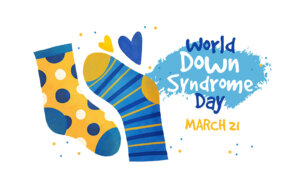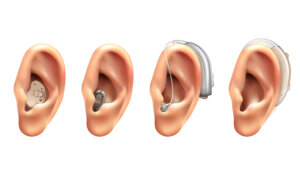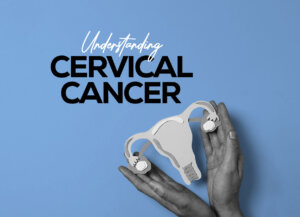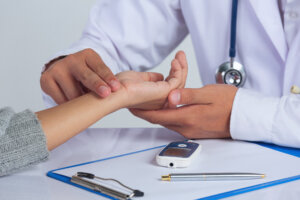December 1 is World AIDS Day, a day to unite in the fight to end the HIV epidemic, support people living with HIV, and honor those who have lost their life. The theme for 2020 is “Ending the HIV/AIDS Epidemic: Resilience and Impact”
Human immunodeficiency virus (HIV) targets the immune system and weakens people’s defence systems against infections and some types of cancer. As the virus destroys and impairs the function of immune cells, infected individuals gradually become immunodeficient. Immune function is typically measured by CD4 cell count.
The most advanced stage of HIV infection is acquired immunodeficiency syndrome (AIDS), which can take many years to develop if not treated, depending on the individual. AIDS is defined by the development of certain cancers, infections or other severe long-term clinical manifestations.
According to WHO, there were an estimated 38.0 million people living with HIV at the end of 2019. About, 690 000 people died from HIV-related causes in 2019 and 1.7 million people were newly infected.
As stated by The National Agency for the Control of AIDS (NACA), 1.8 million people currently live with HIV/AIDS in Nigeria. In addition, 2019 witnessed an estimated 103,404 new infections whilst 44,830 persons died of HIV/AIDS respectively.

Signs and symptoms
The symptoms of HIV vary depending on the stage of infection. Though people living with HIV tend to be most infectious in the first few months after being infected, many are unaware of their status until the later stages. In the first few weeks after initial infection, people may experience no symptoms or a flu-like illness including fever, headache, rash or sore throat.
As the infection progressively weakens the immune system, they can develop other signs and symptoms, such as swollen lymph nodes, weight loss, fever, diarrhoea and cough. Without treatment, they could also develop severe illnesses such as tuberculosis (TB), cryptococcal meningitis, severe bacterial infections, and cancers such as lymphomas and Kaposi’s sarcoma.
Transmission
HIV can be transmitted via the exchange of a variety of body fluids from infected people, such as blood, breast milk, semen and vaginal secretions. HIV can also be transmitted from a mother to her child during pregnancy and delivery.
Individuals cannot become infected through ordinary day-to-day contact such as kissing, hugging, shaking hands, or sharing personal objects, food or water.
Risk factors
Behaviours and conditions that put individuals at greater risk of contracting HIV include:
- having unprotected anal or vaginal sex;
- having another sexually transmitted infection (STI) such as syphilis, herpes, chlamydia, gonorrhoea and bacterial vaginosis;
- sharing contaminated needles, syringes and other injecting equipment and drug solutions when injecting drugs;
- receiving unsafe injections, blood transfusions and tissue transplantation, and medical procedures that involve unsterile cutting or piercing; and
- experiencing accidental needle stick injuries, including among health workers

Diagnosis
HIV can be diagnosed through rapid diagnostic tests that provide same-day results. This greatly facilitates early diagnosis and linkage with treatment and care. People can also use HIV self-tests to test themselves. However, no single test can provide a full HIV diagnosis; a confirmatory test is required.
Prevention
Individuals can reduce the risk of HIV infection by limiting exposure to risk factors. Key approaches for HIV prevention, which are often used in combination, are listed below.
- Male and female condom use
- Testing and counselling for HIV and STIs
- Testing and counselling, linkages to tuberculosis (TB) care
- Voluntary medical male circumcision (VMMC)
- Use of ARVs for prevention
- Pre-exposure prophylaxis (PrEP) for HIV-negative partner
- Post-exposure prophylaxis for HIV (PEP)
- Harm reduction for people who inject and use drugs
- Elimination of mother-to-child transmission of HIV
Treatment
HIV can be suppressed by combination ART consisting of 3 or more ARV drugs. ART does not cure HIV infection but suppresses viral replication within a person’s body and allows an individual’s immune system to strengthen and regain the capacity to fight off infections.
Since 2016, WHO recommended that all people living with HIV be provided with lifelong ART, including children, adolescents and adults, and pregnant and breastfeeding women, regardless of clinical status or CD4 cell count. By the end of 2019, 185 countries had already adopted this recommendation, covering 99% of all people living with HIV globally.











